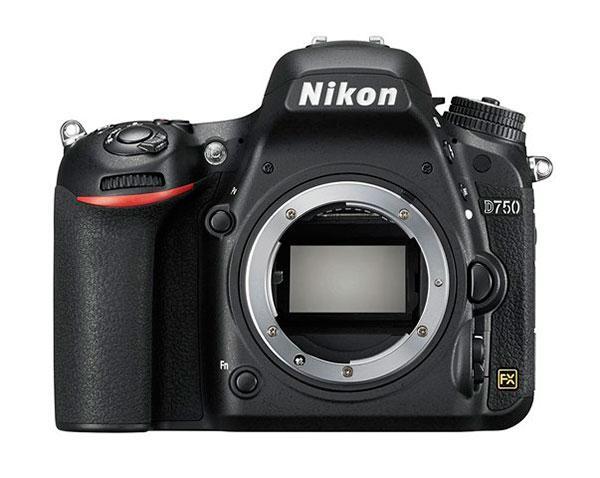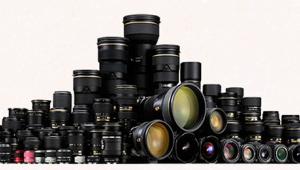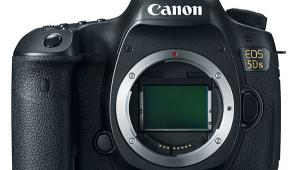Shutterbug Editorial: Nikon's Quality Control Problem

Stop me if you’ve heard this one before: another one of Nikon’s new full-frame digital SLRs has a problem. In this case, a small number of Nikon D750s have been producing a dark, shadowy band in the frame when capturing images with lens flare. While the issue was first reported by D750 owners who took to YouTube to demonstrate the problem, Nikon eventually acknowledged that the lens flare flaw was real and said it would offer free repairs. Last week, the company issued an official service advisory for the D750, saying that Nikon service centers needed to a adjust the camera’s autofocus sensor “to resolve the occurrence of unnaturally shaped flare.”
Problem solved? Possibly, but this issue and glitches with other recent Nikon DSLRs (D600: “dust/oil spotting,” Nikon D810: “bright spots during long exposures”) begs the question: does Nikon have a quality control problem? Before I address that rather sensitive topic, it’s important to note that all of these issues with recent Nikon DSLRs have been relatively minor and have only occurred in a small number of cameras in fairly atypical shooting scenarios. (This is not even close to the massive recalls the auto industry has seen in recent years for safety issues.) It’s also important to note that the problems with the Nikon D600 and D810 were eventually fixed (in the case of the D600, Nikon ended up shipping a whole new model), and it seems likely that the D750’s lens flare issues will be resolved too.
But disgruntled Nikon users must be feeling like glorified “beta testers” these days and I don’t blame them. Who wants to spend their hard earned cash on a pricey new camera only to find out it has a built-in defect? And why, does it seem, that users are always the first ones to catch these flaws? Shouldn’t Nikon’s internal testers spot the problems before the cameras go out?
These are all valid questions. But sadly, in a digital world where products with sensitive electronic components are replaced in 6 to 8-month product cycles, there are going to be a few lemons that come off the assembly line. (Just ask some of Nikon’s competitors who have dealt with their own quality control problems in the past. Remember the Canon 1D Mark III?) It’s a frustrating fact of life but don’t think Nikon isn’t aware that it needs to repair trust with some of its customers. In the wake of the recent problems with the D750 and other Nikon cameras, I reached out to the company to see if anyone there could address these perceived quality control problems and say what the long term plan was. Here’s the response I received:
“Each product is tested to adhere to Nikon’s quality control standards and we take the experience of our customers very seriously,” Masahiro Horie, Director of Marketing and Planning for Nikon Inc. wrote back. “We continue to refine quality control standards to address rapidly advancing technology changes, to implement improvements, and provide photographers with exceptional Nikon products.”
While that’s not exactly a mea culpa or a solution, the company does seem to be listening now. The biggest shame in all of this is that these continuing problems have overshadowed what, on the whole, have been some excellent products from Nikon. We reviewed the Nikon D750 in our January 2015 issue and, generally, loved it. We also quite liked the Nikon D810. But unless Nikon starts “sweating the small stuff” and fixes the problems before the cameras comes out, it might find itself with fewer customers to enjoy its successes.













































